Australia is known for its stunning landscapes and weird animals. From mammals with pouches to birds that dance, the Land Down Under has a treasure trove of funny and strange animals that captivate the imagination of wildlife enthusiasts and nature lovers alike.
In this article, we will take a closer look at some of these extraordinary and endearing creatures that make Australia a true zoological wonderland.
#1. Platypus
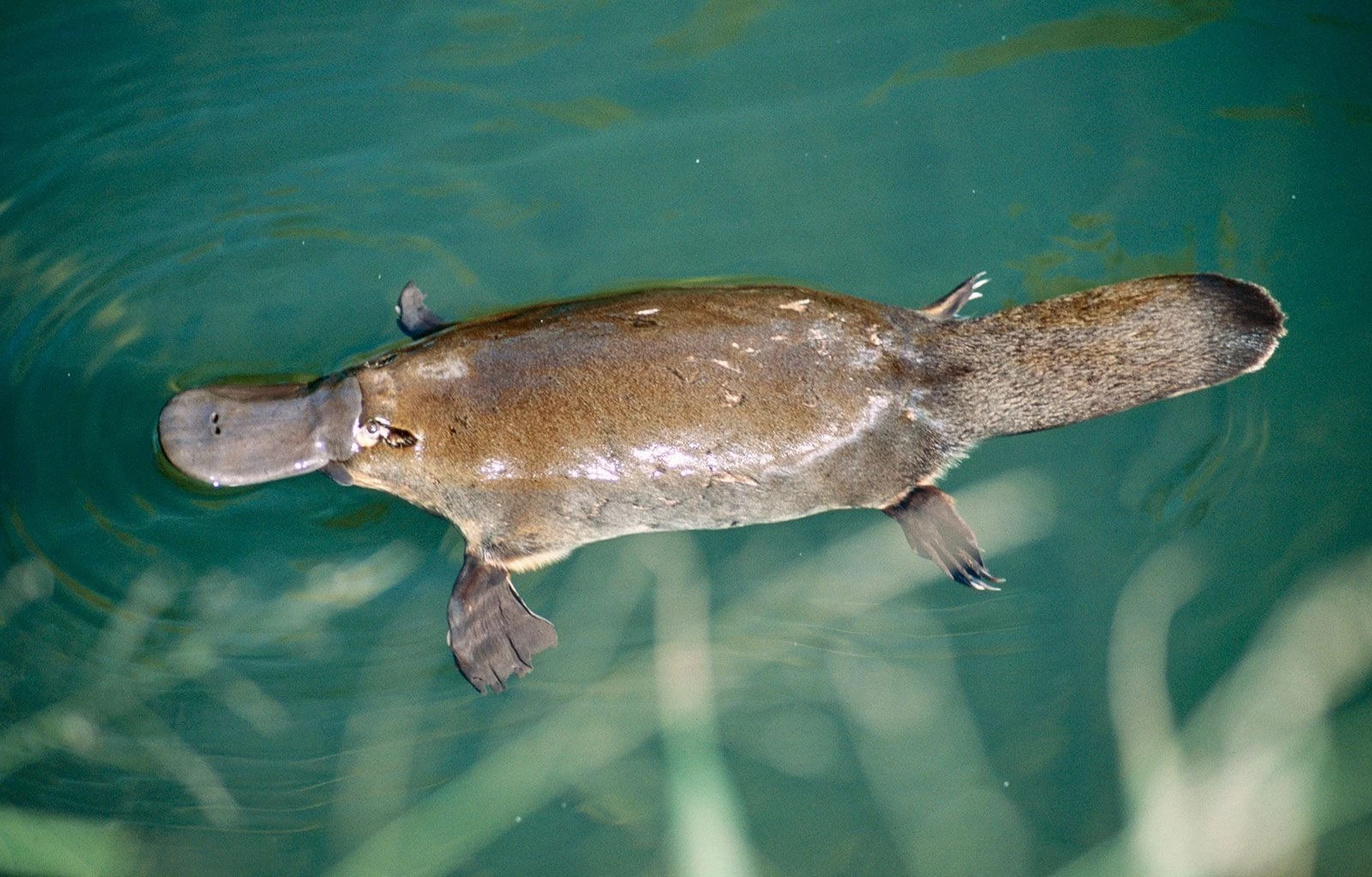 Source: Google Images
Source: Google ImagesScientific Name: Ornithorhynchus anatinus
Habitat: Inland wetlands of eastern Australia
Size: 1-6 pounds
Diet: Worms, insect larvae, freshwater fish, small vertebrates
Conservation Status: Near Threatened
More Fascinating Facts: The duck-billed Platypus is one of the most well-known and weird animals in Australia. A seemingly improbable amalgamation of a duck's bill, beaver-like tail, and webbed feet is a Marvel of nature.
These extraordinary animals lay eggs, have neither teeth nor a stomach, and stand out as one of the world's rare venomous mammals. While they might not be among Australia's most lethal creatures, their venom can inflict significant pain and uncomfortable swelling in humans.
#2. Echidna
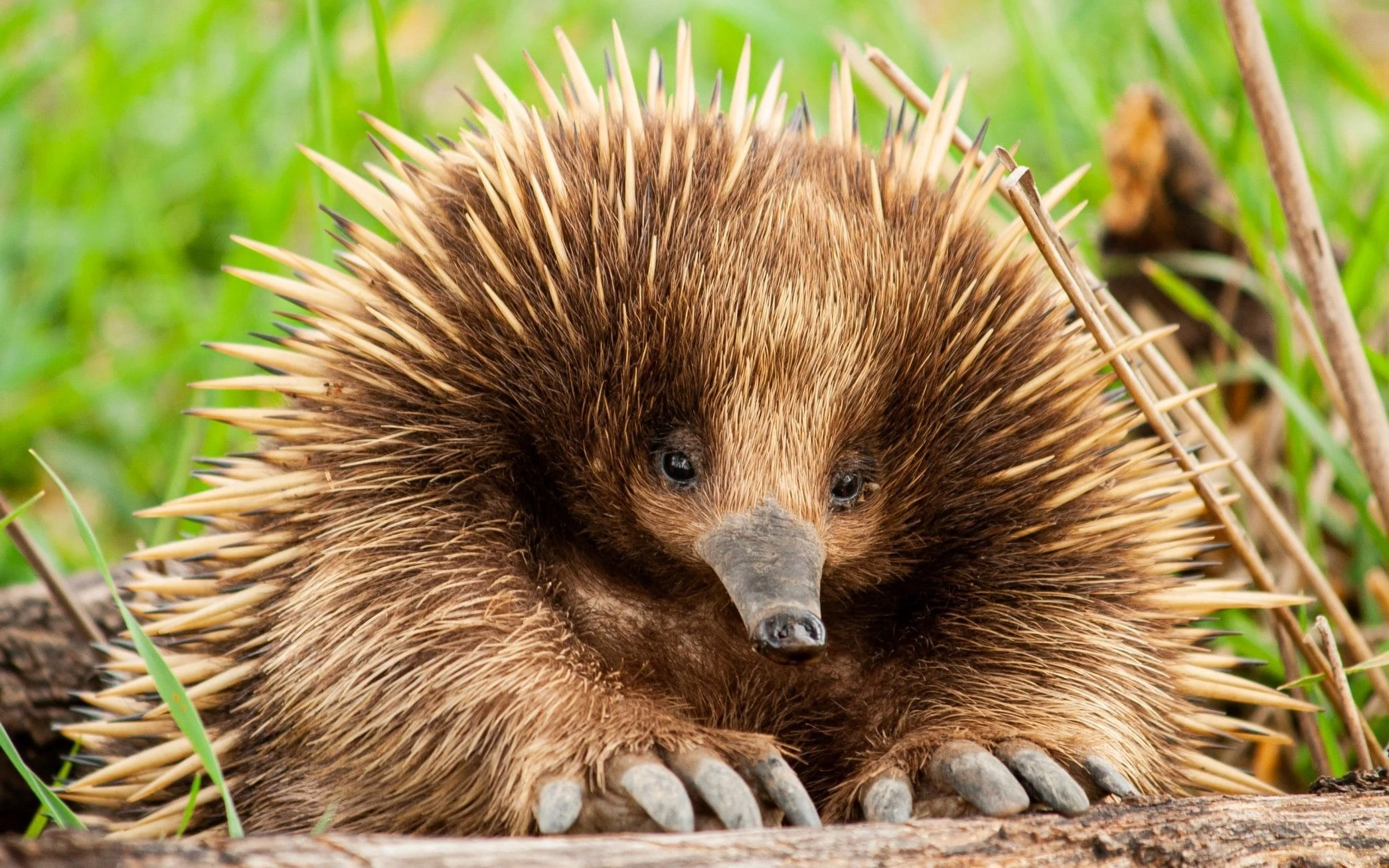 Source: Google Images
Source: Google ImagesScientific Name: Tachyglossidae
Habitat: Deserts, rainforest and mountains of New Guinea and mainland Australia
Size: 5-20 pounds
Diet: Termites, ants, larvae, worms
Conservation Status: Least Concern
More Fascinating Facts: The echidna is truly one of the most unusual animals you can find today.
Just like the Platypus, these weird creatures lay eggs. They have various colorful spines and a fascinating feature: they don't have teeth, but they do have long, 6-inch tongues.
Australia is also home to the echidna, another egg-laying mammal that shares a unique distinction with the platypus. Covered in spiky quills, the echidna is an expert at foraging for ants and termites with its long, sticky tongue. Its haphazard appearance and delightful waddle make it an endearing creature in the Australian wilderness.
Australia is lucky to have these special and unique animals.
#3. Wombat
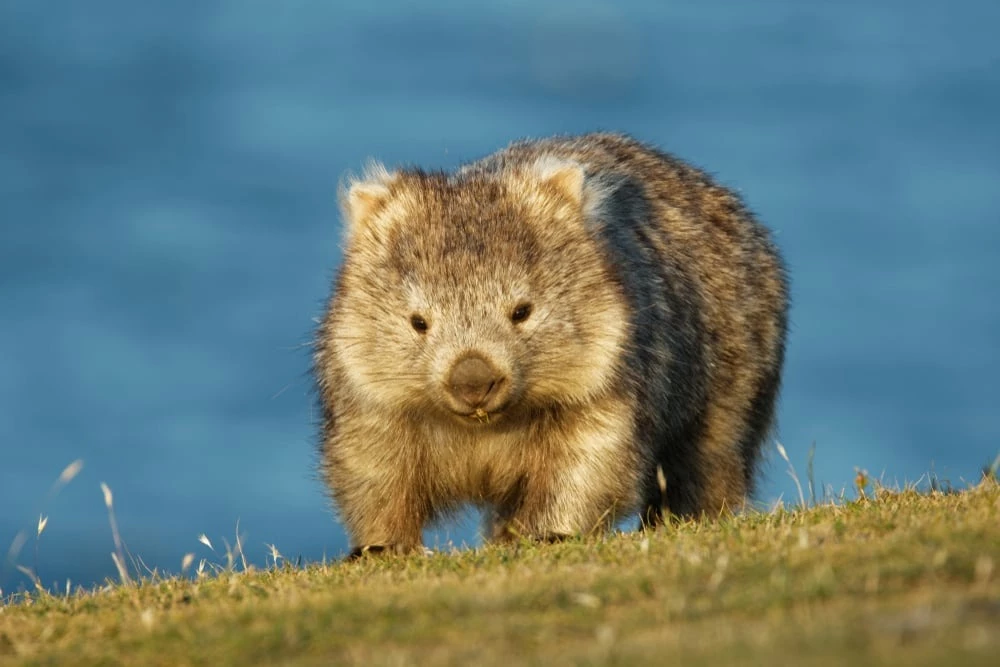 Source: Google Images
Source: Google ImagesScientific Name: Vombatidae
Habitat: Forests and shrubland of southeastern Australia
Size: 44-77 pounds
Diet: Vegetation; roots, grasses, shrubs, trees
Conservation Status: Least Concern
More Fascinating Facts: Wombats are one of the most funny-looking animals in Australia. They have short legs and round bodies that are great for digging holes. These guys have different personalities; some like hanging out with others, while others prefer their own space.
Even though they look a bit short and stout, you won't believe it, but they can run super fast, up to 25 miles per hour!
Wombats are furry, rotund burrow-dwellers. These marsupials may not win any agility contests, but their stocky build, short legs, and endearing appearance make them a humorous sight.
When confronted, wombats may opt to dive into their burrows, leaving only their ample hindquarters visible—a tactic that often leaves observers chuckling.
#4. Tawny Frogmouth
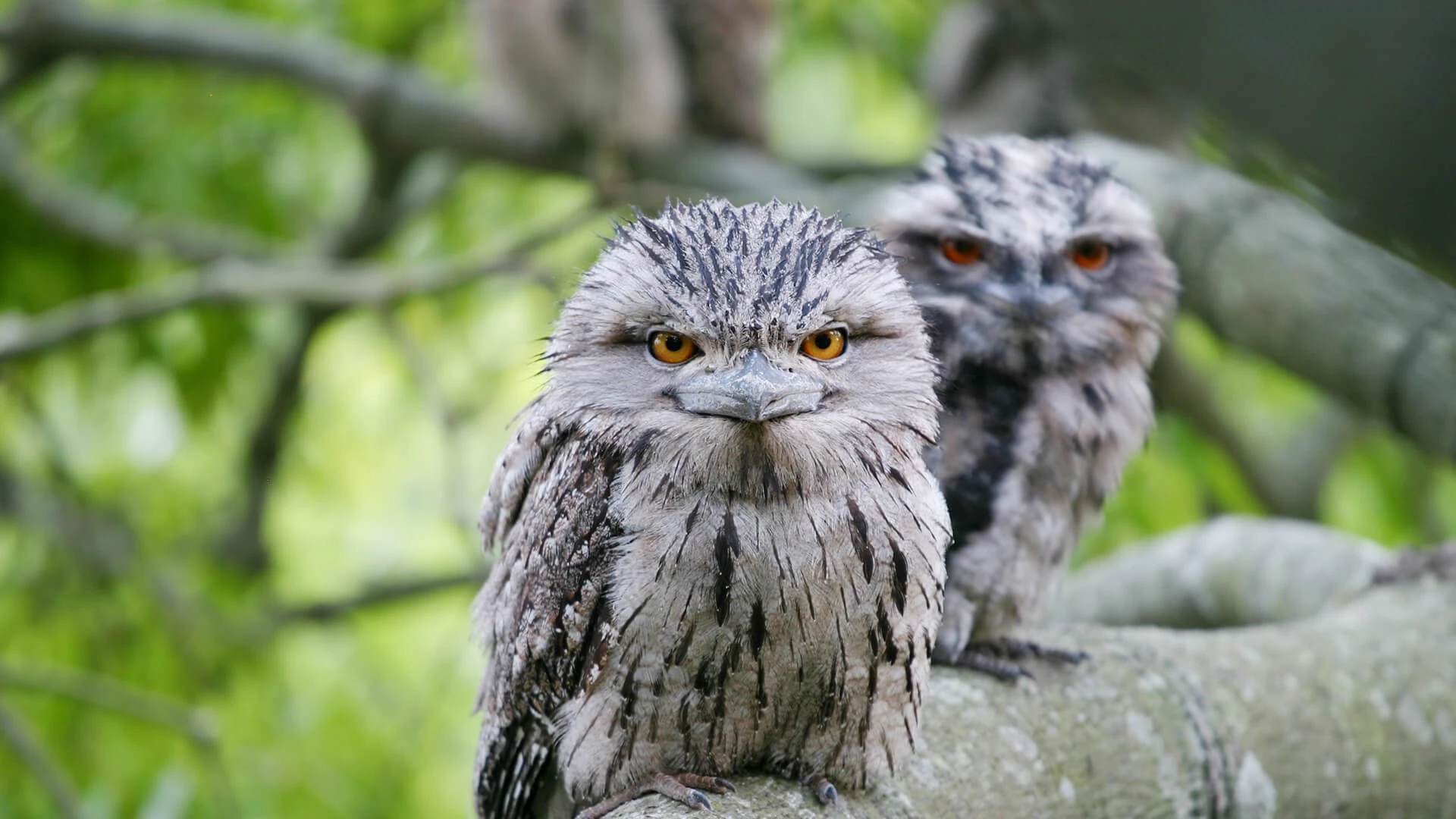 Source: Google Images
Source: Google ImagesScientific Name: Podargus strigoides
Habitat: Forests and woodlands, scrub and heathland vegetation, and savannahs
Size: up to 1.50 pounds
Diet: Vermin or pests, moths, spiders, worms, slugs, snails, beetles, wasps, ants, centipedes, millipedes and scorpions
Conservation Status: Least concern
More Fascinating Facts: Tawny frogmouth is a special bird that lives in Australia. It's a big-headed, stocky bird with a wide, frog-like mouth.
What makes them fascinating is that they're experts at blending into their surroundings. These birds come out at night and are like living optical illusions, which means they can be hard to spot in the dark.
People sometimes mistake them for owls because they're also active at night and look kind of similar in color. Their nighttime calls can be quite similar, so it's easy to get them mixed up!
#5. Cassowary
 Source: Google Images
Source: Google ImagesScientific Name: Casuarius
Habitat: Rainforests and swamps of far north Queensland
Size: 40-167 pounds
Diet: Fruits, plants, small animals
Conservation Status: Least Concern
More Fascinating Facts: Among the weird animals of Australia, the cassowary is often referred to as the "world's most dangerous bird."
These birds are weird animals that exist in Australia. Although they are beautiful, they can be really dangerous if you bother them.
They have sharp, clawed toes that can cause big injuries, even inside your body! That's why they're often called "the world's most dangerous bird" and are among Australia's deadliest animals.
Cassowaries look pretty cool with their blue faces, helmet-like heads, and kind of like dinosaurs. They're both scary and awesome at the same time. These birds have big personalities, and guess what? They can run super fast—as fast as 31 miles per hour!
#6. Quokka
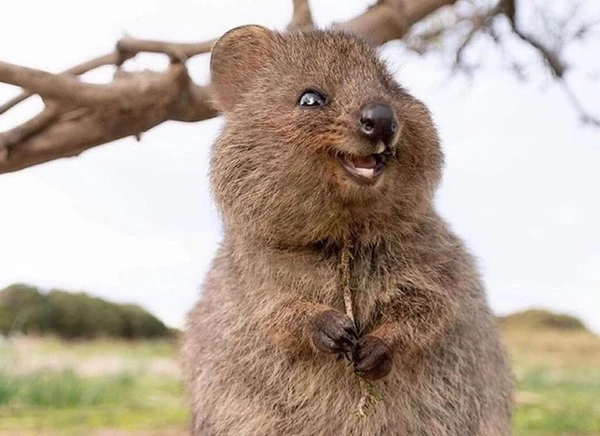 Source: Google Images
Source: Google ImagesScientific Name: Setonix brachyurus
Habitat: Shrubland areas around swamps near Perth and in Western Australia
Size: 6-7 pounds
Diet: Leaves, stems, bark, grass
Conservation Status: Vulnerable
More Fascinating Facts: The Quokka is a super cute animal from Australia, and it's famous for its friendly face. People love taking pictures with them because they always look like they're smiling. That's why they're called "the happiest animal on the planet."
Even though they might look like big rodents, they are actually small marsupials from Western Australia. These little creatures have become really popular on the internet, and everyone loves them for their joyful expressions.
Australia boasts a collection of the weirdest animals in the world, from the platypus, a mammal that lays eggs, to the quokka, known as "the happiest animal on the planet.”
#7. Potoroo
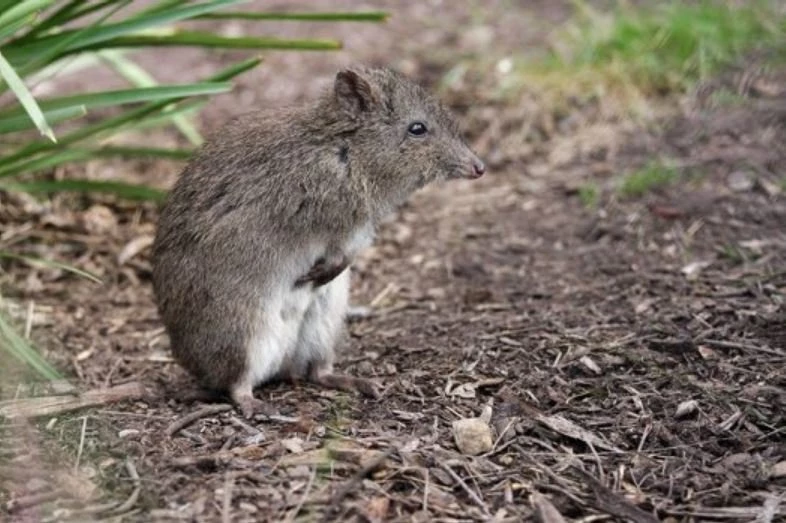 Source: Google Images
Source: Google ImagesScientific Name: Potorous tridactylus
Habitat: Found in the forests and heathlands of southeastern Australia
Size: About 1.1 to 3.3 pounds
Diet: Herbivorous, feeding on plants, roots, and fungi
Conservation Status: Endangered
More Fascinating Facts: Potoroos are small marsupials that used to be pretty common in Australia. They're like distant relatives of kangaroos and wallabies.
Sadly, these little guys are threatened because of changes in their environment since people came to Australia, especially the long-footed potoroo and P. gilbertii, which are at risk of disappearing. Another kind, the broad-faced potoroo, hasn't been seen since it was first described in the 19th century.
These small marsupials are like nature's gardeners because they help spread fungi spores when they go to the bathroom.
#8. Rainbow Lorikeet
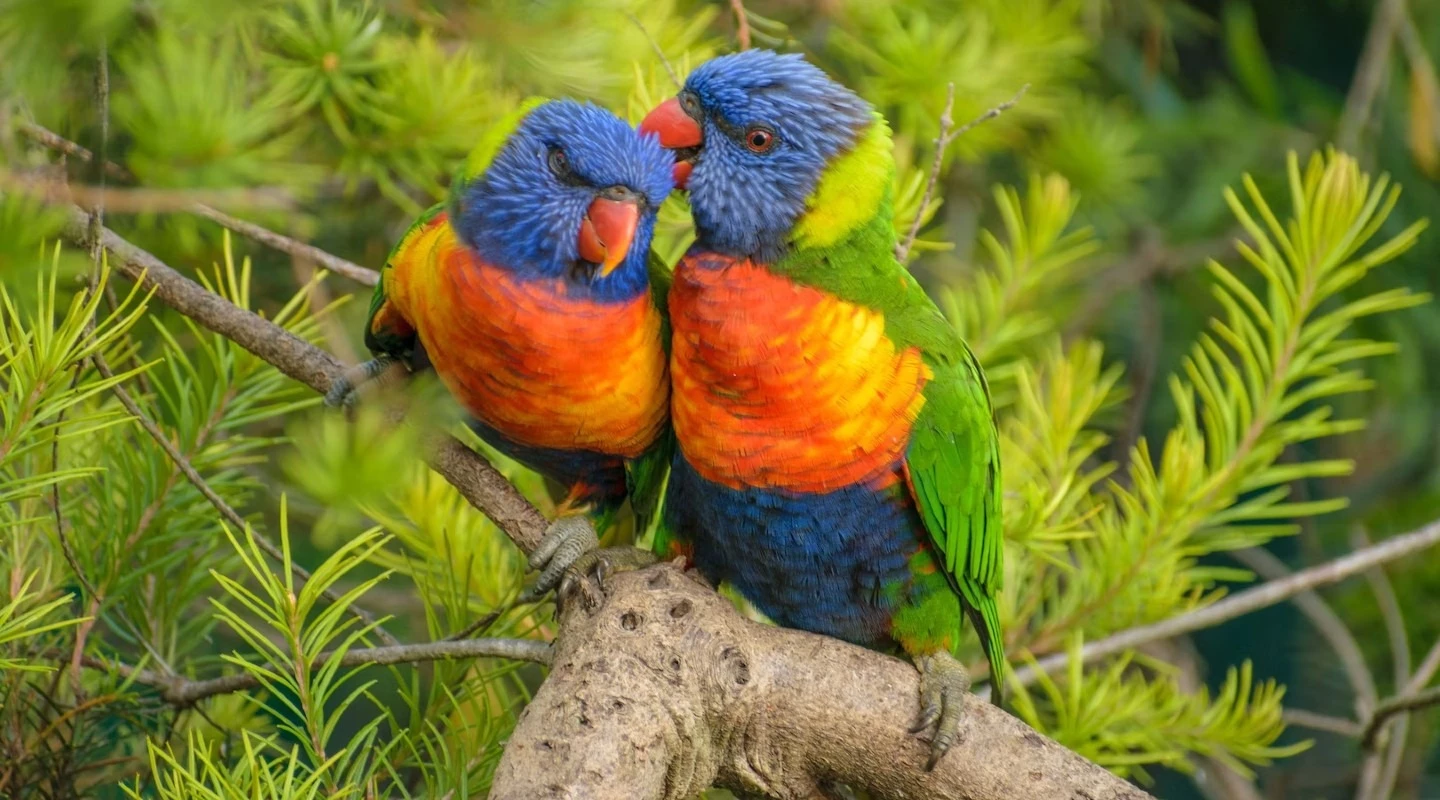 Source: Google Images
Source: Google ImagesScientific Name: Trichoglossus moluccanus
Habitat: Woodlands, rainforests, and coastal areas in Australia
Size: Approximately 10-12 inches in length
Diet: Mainly nectar, pollen, and fruits
Conservation Status: Least Concern
More Fascinating Facts: The Rainbow Lorikeet is a colorful parrot that lives in Australia. You can find them along the eastern coast, from the top part of Queensland down to South Australia. They like to hang out in rainforests, coastal areas, and woodlands.
Rainbow Lorikeets are known for their vibrant plumage and their lively, chatty personalities. They're often seen in large, noisy flocks and are excellent pollinators for various plant species.
#9. Spotted Quoll
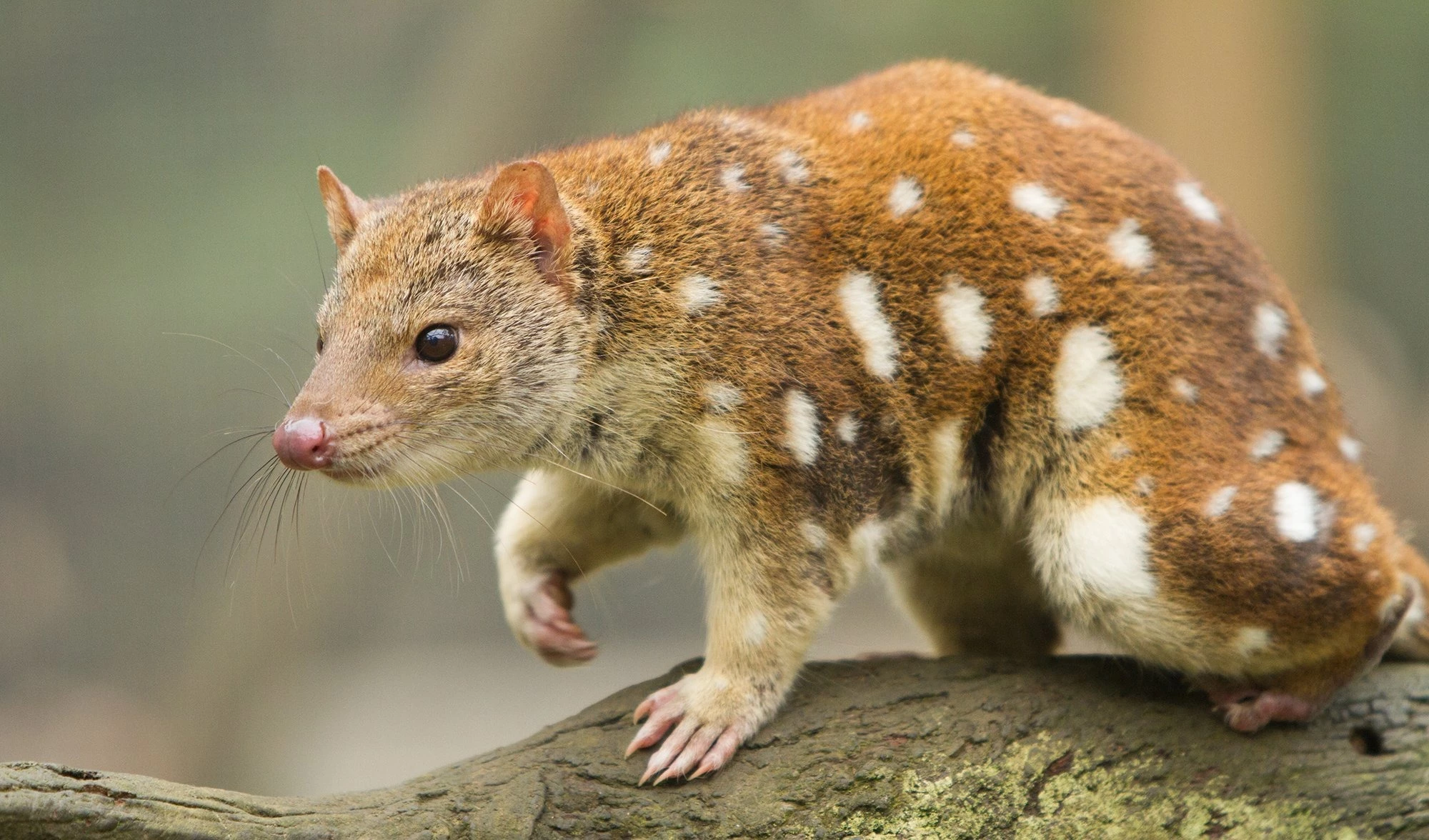 Source: Google Images
Source: Google ImagesScientific Name: Dasyurus maculatus
Habitat: Forests, grasslands, and rocky areas across Australia
Size: 12-30 inches (including the tail)
Diet: Carnivorous, with a preference for small mammals and birds
Conservation Status: Near Threatened
More Fascinating Facts: Spotted Quolls are skilled predators found in Australia. It's known as the spotted-tail quoll, spotted quoll, spotted-tail dasyure, native cat, or tiger cat.
It's the second-largest carnivorous marsupial in the world, just after the Tasmanian devil.
There are two types of Tiger Quolls: one lives in wet forests in southeastern Australia and Tasmania, and the other, a northern subspecies, lives in a small part of northern Queensland and is in danger of disappearing.
#10. Tree Kangaroo
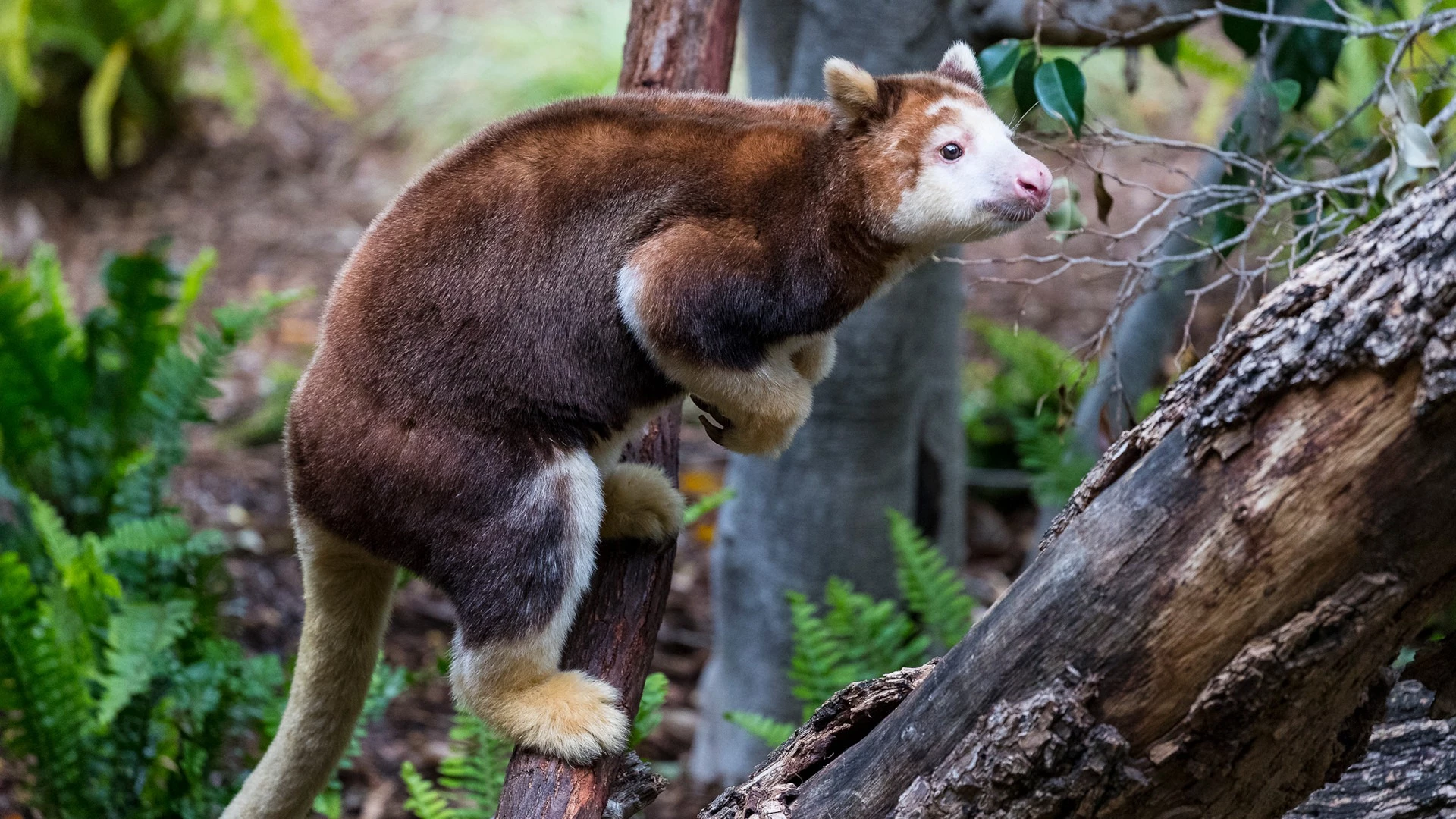 Source: Google Images
Source: Google ImagesScientific Name: Dendrolagus spp. (Various species)
Habitat: In the treetops of Australian rainforests and Papua New Guinea
Size: 20 to 32 inches in length
Diet: Leaves, fruit, and the occasional flower
Conservation Status: Critically endangered (possibly extinct)
More Fascinating Facts: Tree kangaroos are skilled climbers with prehensile tails for balance. Several distinct species with unique traits and habitat challenges exist. However, these remarkable creatures face threats from deforestation and human encroachment, making conservation vital.
Tree kangaroos exemplify Australia's rich biodiversity with their canopy-dwelling lifestyle and unique adaptations, contrasting the ground-dwelling Spotted Quoll's carnivorous habits. Both species contribute to the country's remarkable wildlife diversity.
Conclusion
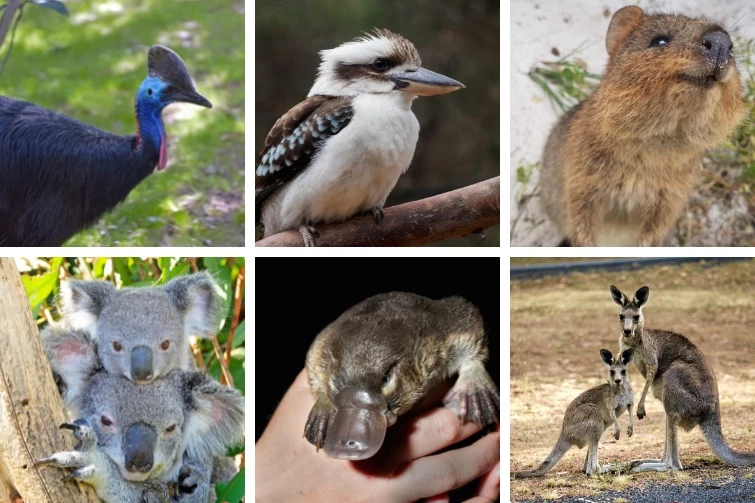 Source: Google Images
Source: Google ImagesIn conclusion, Australia's diverse landscapes are home to a range of funny-looking and weird animals. From the platypus and echidna's peculiar looks to the amusing habits of wombats and tawny frogmouths, these creatures never fail to bring joy and fascination.
So, if you're planning a trip to Australia, be sure to keep an eye out for these whimsical wonders in the wild!

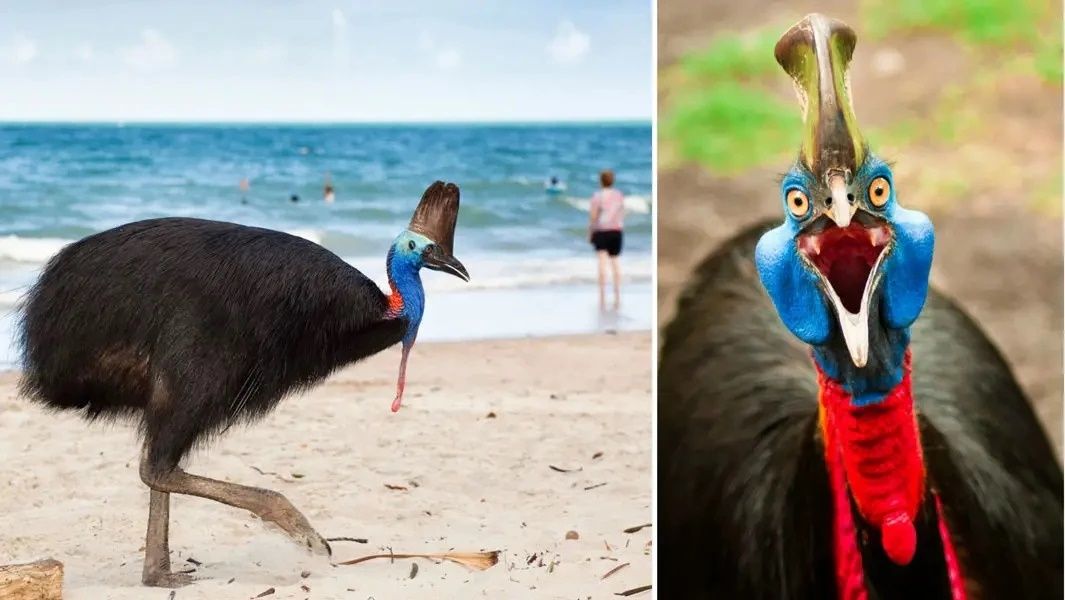
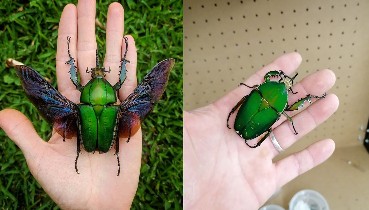 Mecynorhina torquata is a beetle from the subfamily Cetoniinae, tribe Goliathini.607 views
Mecynorhina torquata is a beetle from the subfamily Cetoniinae, tribe Goliathini.607 views Beautiful Little Bee Hummingbird-The Smallest Bird In The World149 views
Beautiful Little Bee Hummingbird-The Smallest Bird In The World149 views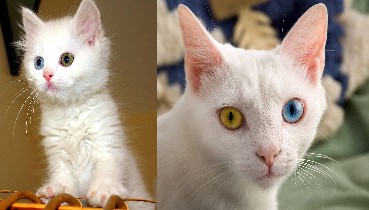 5 Fantastic Facts About the Van Cat384 views
5 Fantastic Facts About the Van Cat384 views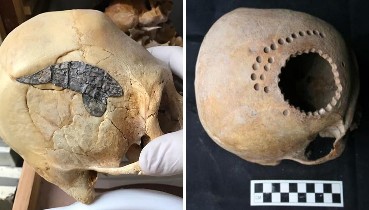 Andean People Already Perfected Skull Surgery Thousands of Years Ago227 views
Andean People Already Perfected Skull Surgery Thousands of Years Ago227 views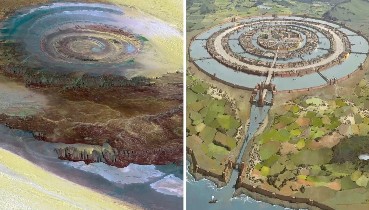 Could the ‘Eye of the Sahara’ Be the Lost City of Atlantis?293 views
Could the ‘Eye of the Sahara’ Be the Lost City of Atlantis?293 views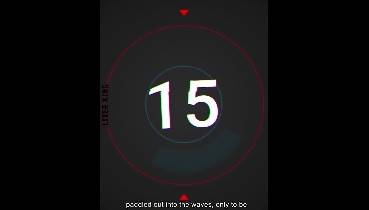 Epic Beach Fails622 views
Epic Beach Fails622 views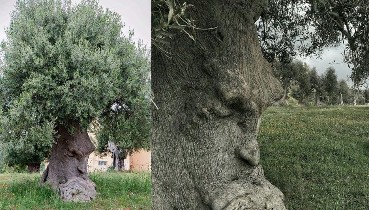 An ancient olive tree in Puglia, Italy over 1500 years old!7129 views
An ancient olive tree in Puglia, Italy over 1500 years old!7129 views Here Are 31 Finalists Of This Year’s Bird Photographer Of The Year Contest43696 views
Here Are 31 Finalists Of This Year’s Bird Photographer Of The Year Contest43696 views